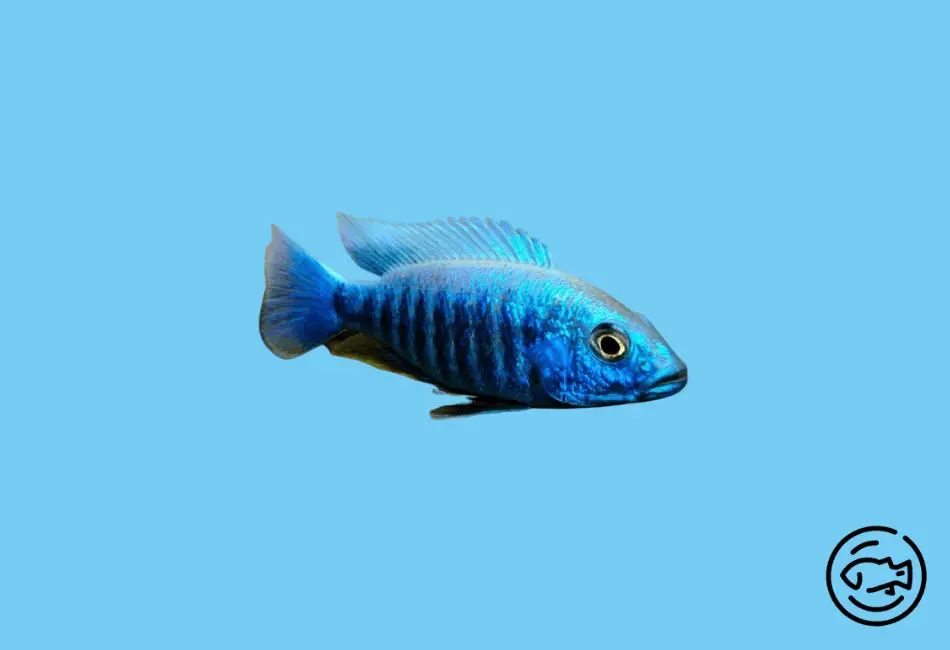Electric blue cichlid, also known as Electric Blue Hap or Electric Blue Rams, are beautiful fish that add color and beauty to any freshwater aquarium.
The fish can grow up to eight inches in length and features bright blue coloring with stripes of different hues. They have a long and slender body, a pointed snout, and a small mouth.
They open their mouth not too wide and with protruding lips that can lead to the fish having an aggressive attitude. To make them less aggressive, introduce the fish in groups of six or more.
These fish are not a good choice for novice aquarists in the aquarium because of their aggressive nature, and they need a lot of room and can be territorial with other fish.
Likewise, the fish is not a good choice for the community tank.
The aquarium should have plenty of rocks and plants to hide in as they are also schooling fish, meaning they need at least six of their kind to thrive.
Energetic and playful, the electric blue Haps require an aquarium with plenty of space.
Adult electric blues are African Cichlids that grow to 8 inches in length.
Electric Blue needs at least 75 gallons of an aquarium to feel secure enough to swim around and display normal behavior.
Electric Blue Cichlid Care
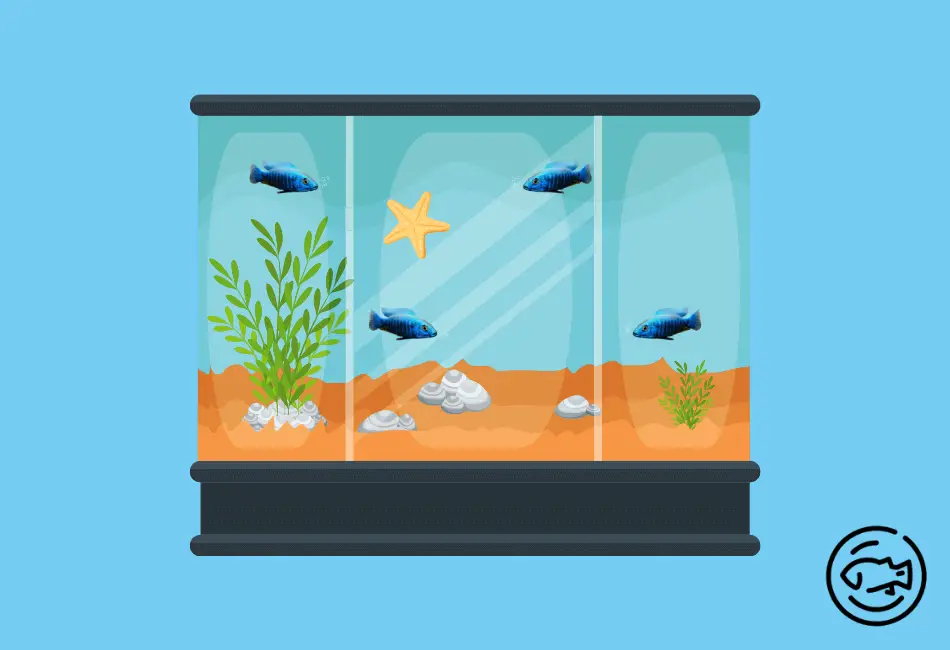
The electric blue cichlid requires a few things to keep it healthy, including:
- It needs plenty of open space and rocks for it to hide.
- Its diet must be varied and consist of a variety of foods.
- Its diet should have a plentiful supply of protein, vitamins, and minerals.
- A clean aquarium is essential to the care and maintenance of an electric blue cichlid because it can catch diseases from other fish.
These freshwater fish are also territorial and aggressive, so you should only keep six of them together at any given time. Aside from this, the water needs to be kept clean with regular water changes in order not to cause stress on the fish’s immune system.
As a very active and fast swimmer, the electric blue cichlid requires plenty of open space and rocks to hide. Therefore, you should have an aquarium with many places where the small fish can retreat.
Please make sure there are many hiding spots for the electric blue cichlid because it will feel threatened when you move around the aquarium or clean and remove decorations.
Habitat And Compatible Tank Mates
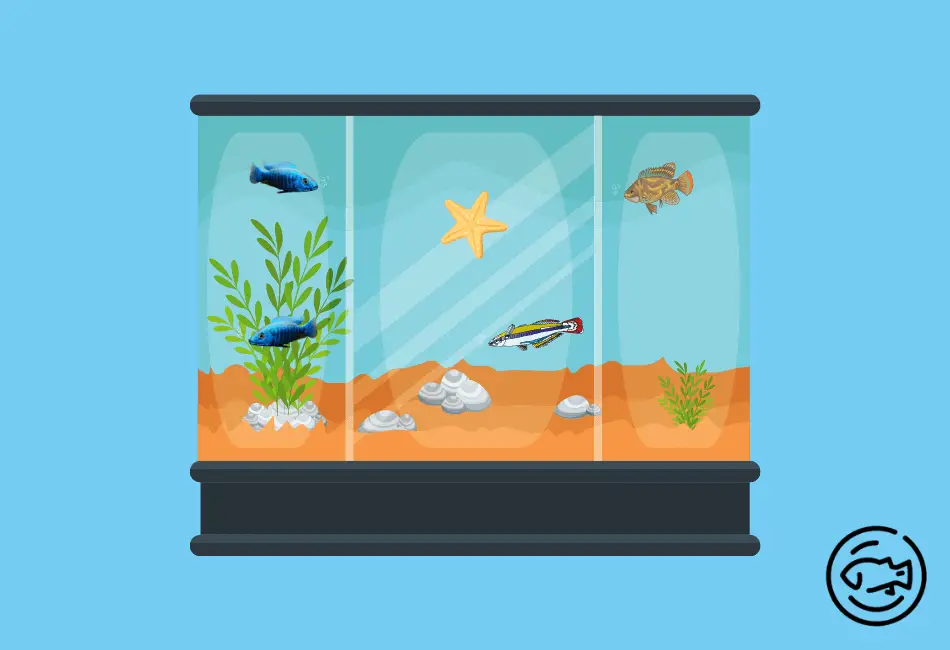
The Electric Blue Cichlid prefers to live with other fish that are similar in personality to them.
They will be intimidated or bothered by tank mates that are of a different temperament.
They may be aggressive towards their kind. Therefore, if you want to keep them in an aquarium with other fish, the fish should also be of the same temperament.
The electric blue cichlid can also swim well with other non-aggressive types of cichlids, such as:
- rainbowfish
- Oscars
- Bristlenose pleco
- Moga cichlid
You should avoid pairing the electric blue cichlid with much larger tank mates because they might become overwhelmed and depressed by the presence of a larger, more dominant species.
Temperature And pH Requirements
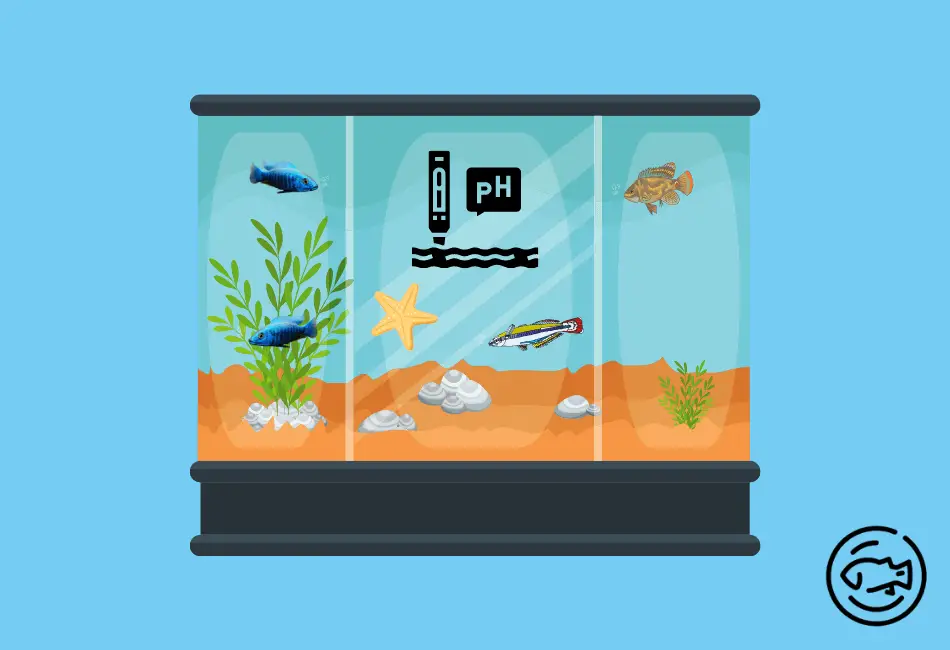
The electric blue cichlid can handle different hardness levels but requires soft water ( pH 7.6 – 8.5).
Therefore, they need a lot of oxygen in the water and will do best when the aquarium is supplemented with oxygen by using air stones or aerating the water regularly.
The electric blue cichlid requires a temperature range of 74 – 82° Fahrenheit because they do not like it too hot or too cold and enjoy its stability as long as they can swim normally and comfortably.
All fish desire an environment in their tanks similar to their natural habitat, especially the electric blue cichlid. Because of this, the temperature and pH need to be monitored carefully.
Any imbalances in the temperature or pH can cause stress and health problems in the fish.
74 – 82° Fahrenheit is best for your electric blue cichlid.
Also Read: Do Barracudas Eat Clownfish?
Electric Blue Cichlids Diseases

The electric blue cichlid is prone to a wide variety of diseases. However, most of them can be avoided by following the proper tank maintenance schedule. The most common diseases the fish can get are:
– mouth rot
– Ich (a parasitic disease)
– white spot syndrome
– bacterial infection causes cloudy eyes and a swollen mouth
– skin infections cause skin discoloration
The most helpful method to prevent these diseases is by making sure you clean the tank regularly and ensuring that you buy healthy fish from a reputable aquarium retailer.
Additionally, these African Cichlids should be fed a variety of foods so the fish will be able to fight off any harmful bacteria or infections that may be present in their environment.
Electric Blue Cichlids Breeding
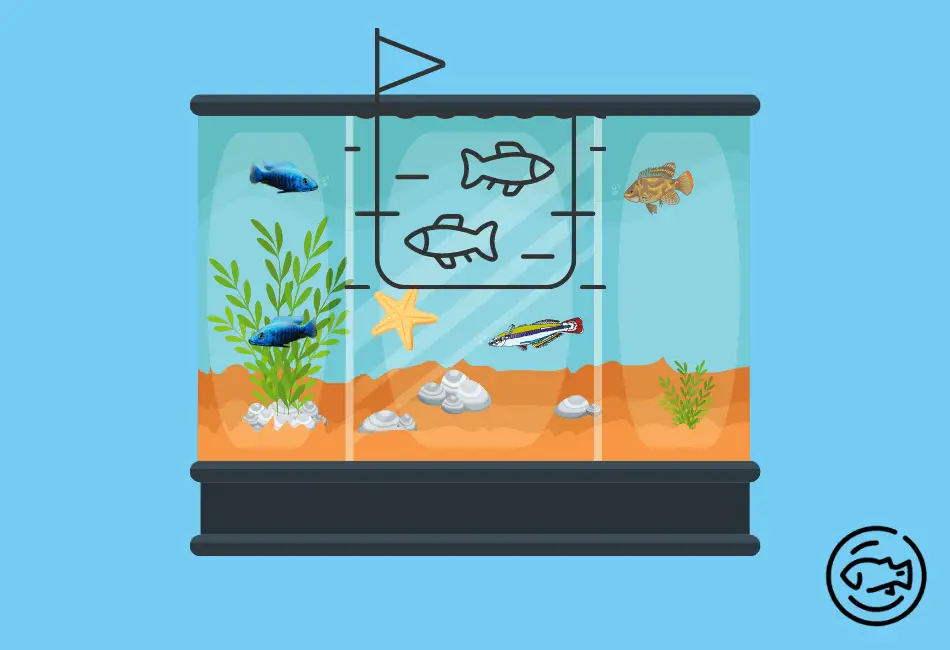
One of the reasons you are interested in purchasing electric blue cichlids is that they are beautiful, and you want to reproduce them for your collection.
If you want to breed electric blue cichlids, make sure that the fish will be able to swim in a large aquarium because they are very active swimmers.
It would be pleasant if you also had numerous pairs in your aquarium because they can be aggressive towards each other.
The adult electric blue cichlid will only have a bright blue color in its body when it is ready to mate. This usually happens at the beginning of their breeding season, spring and summer.
The proportion of males to females is usually 1:6, so you will have a better chance of fertilization if you have multiple females in your tank.
The electric blue haps usually lay their eggs on the side of rocks or caves. This makes it easier for the fish to protect themselves from other fish. They will usually lay between 200-300 eggs at a time.
Electric Blue Cichlid Diet
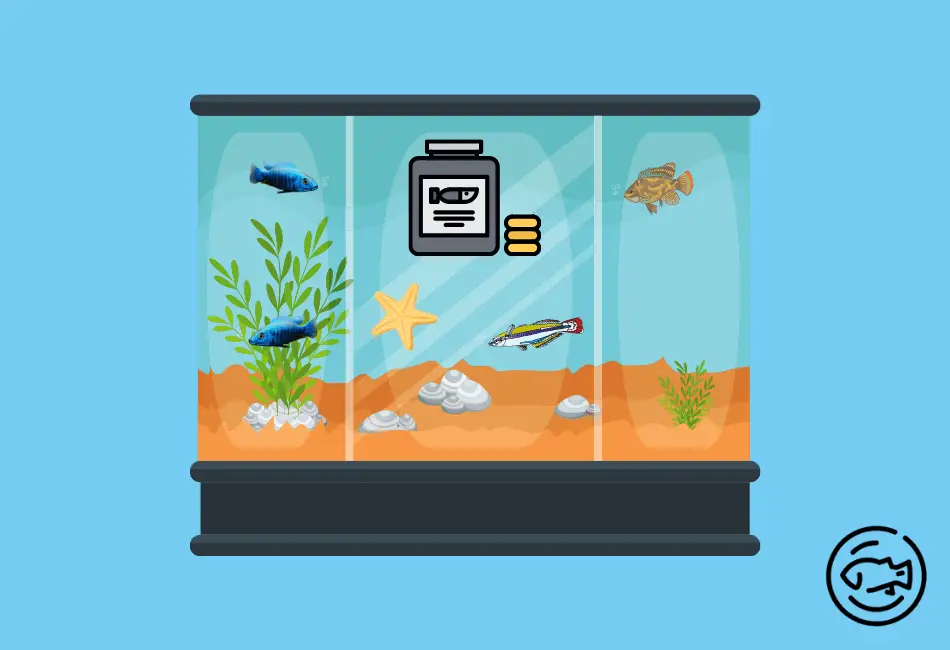
Since electric blue cichlids are predominantly omnivores, you must offer them a diet high in proteins and meat.
Usually, that diet may be accomplished by giving them a mix of quality flakes or pellets and frozen food.
These foods will also make it easier to provide non-aggressive frozen foods to the fish because they can fight off any harmful bacteria with the help of their immune system.
It would be best if you fed your electric blue cichlids two times a day.
Usually, it would be best if you fed them at night and in the morning. Although they can adapt to eating a variety of food in an aquarium, they need access to cyclosporine to help with their calcium levels.
- Their diet should consist of a variety of frozen foods
- They need to eat all types of meaty and oily foods
- They should be fed a mix of fresh and frozen foods
- You can also provide them with brine shrimp or micro worms twice daily
Lifespan
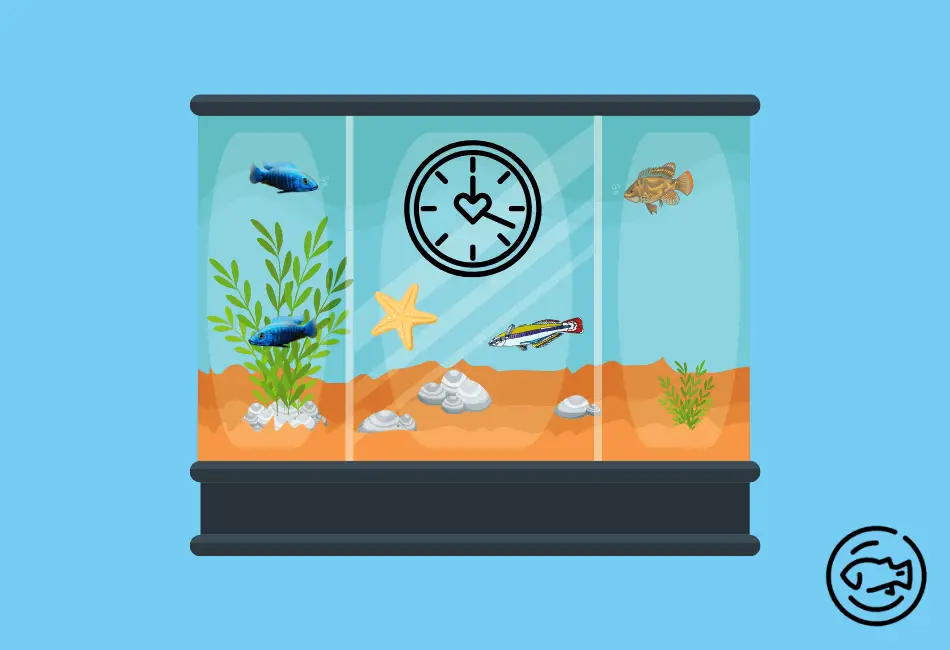
The level of care given to a pet, particularly a fish, will determine how long that creature lives.
These fish may only live for three to five years in the wild.
In aquariums, electric blue haps can live for ten years or more. However, their dynamic personalities and overall health may experience a shorter lifespan than they would in the wild.
The best way to ensure their lifespan is extended is by providing a large aquarium with many open spaces for them to swim and explore. However, ensuring that they are fed quality foods and your aquarium has been well maintained is also important.
Electric Blue Cichlid Classification
The electric blue cichlids belong to the family Cichlidae and are a member of the genus plecoglossus. They are a common South American freshwater fish native to Lake Malawi Cichlids, a tropical lake in Africa.
The electric blue cichlid is colorful and lovely, and they can be distinguished from other species by their bright, electric blue color. They are omnivorous (consuming both plants and meat) and will eat their food right before they go to sleep.
You may also notice that their mouths are rather big for shrimp or micro worms, making it easy for them to engulf large chunks of food.
Electric blue cichlids are an outstanding example of a colorful, open-water fish, characterized by their vibrant cobalt blue coloration and a long, stiff dorsal fin that protrudes from the sides of their bodies.
Electric Blue Haps are one of the most common tropical cichlids found in various habitats, including rainforests and clear water rivers.
Conclusion
The electric blue cichlid is a beautiful, fun fish that can be kept in various aquariums.
This colorful fish can be kept with other freshwater cichlids and tropical fish because they are very peaceful.
However, they should be kept with only compatible tank mates because they have the potential to become aggressive towards them.
If you want to keep electric blue cichlids in the aquarium, ensure they have lots of space for swimming and some good quality foods for them to eat.
Since they are omnivores, they will eat both meaty and non-meaty foods. If you give them a good diet and keep your tank clean, your electric blue cichlids will likely live long lives and have many healthy offspring.


